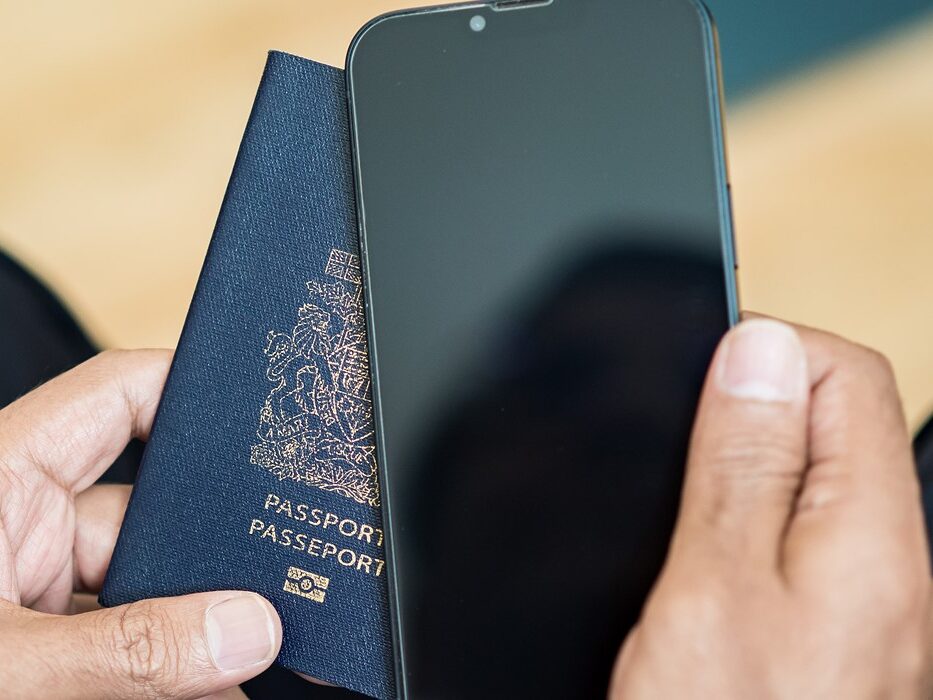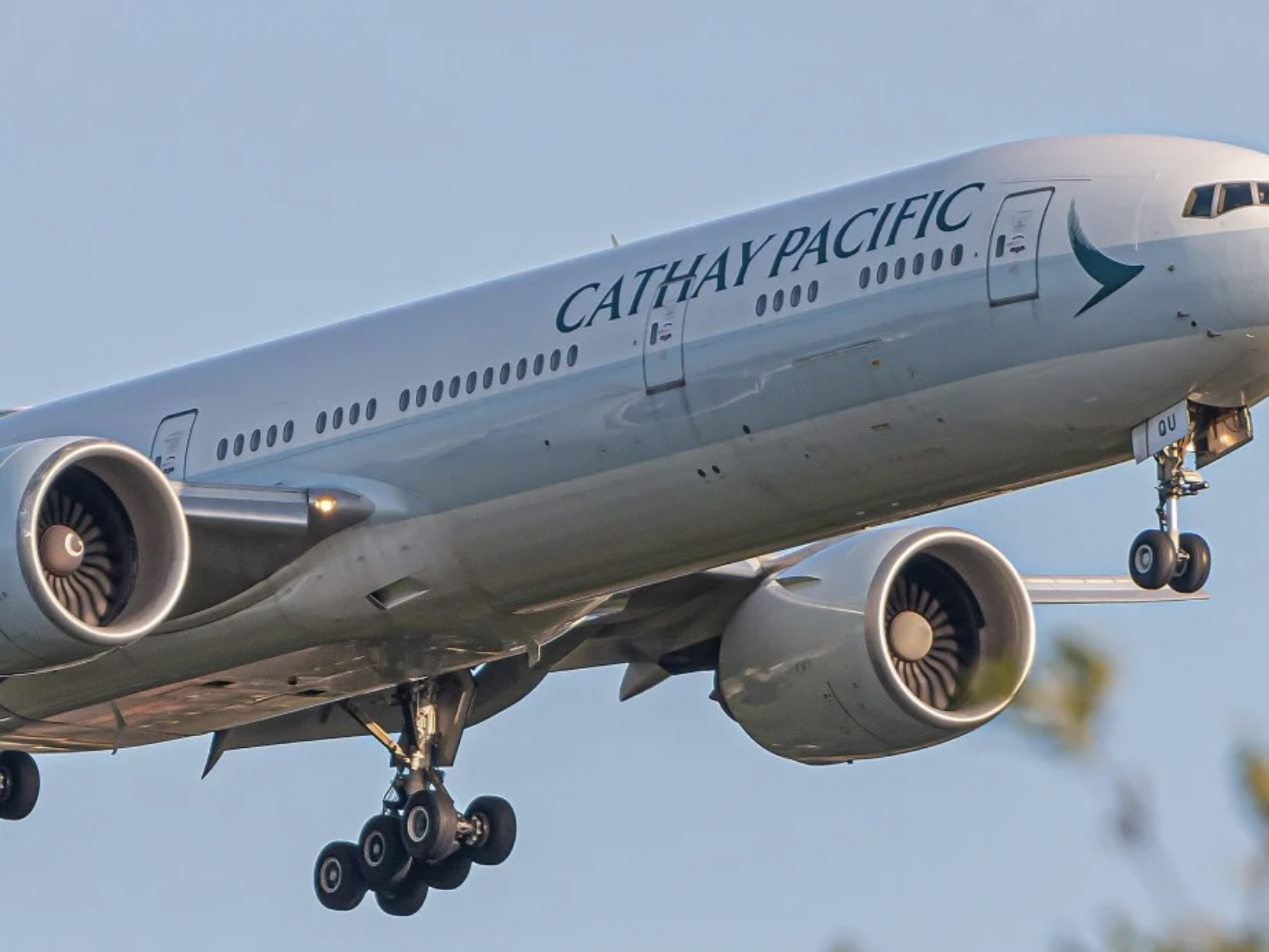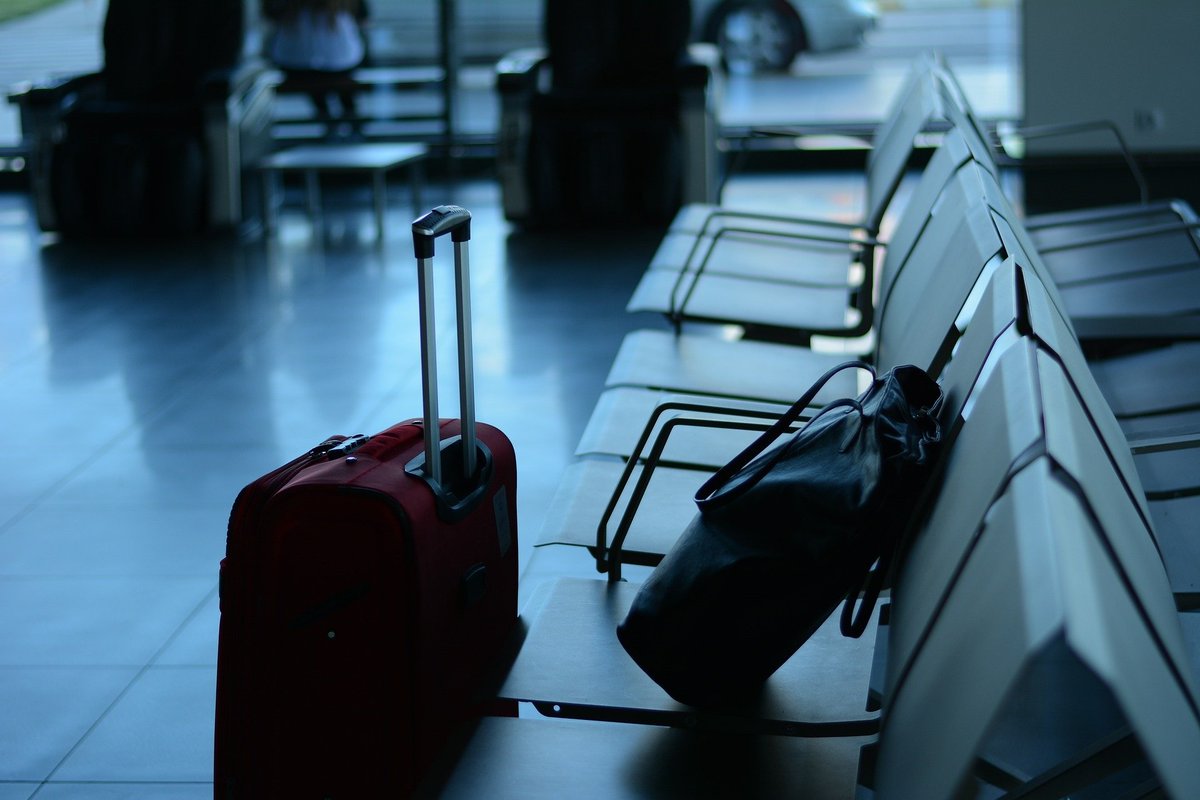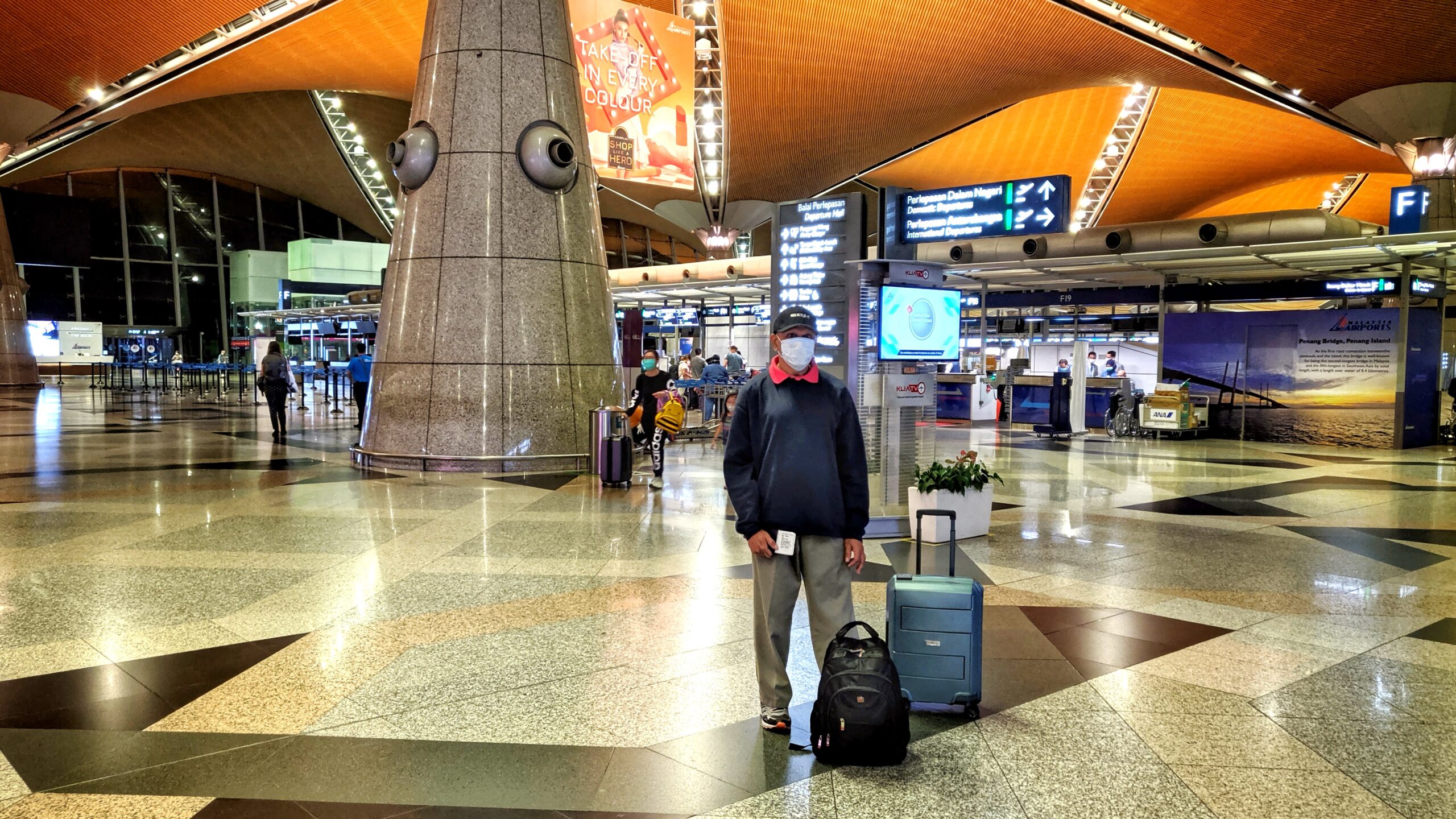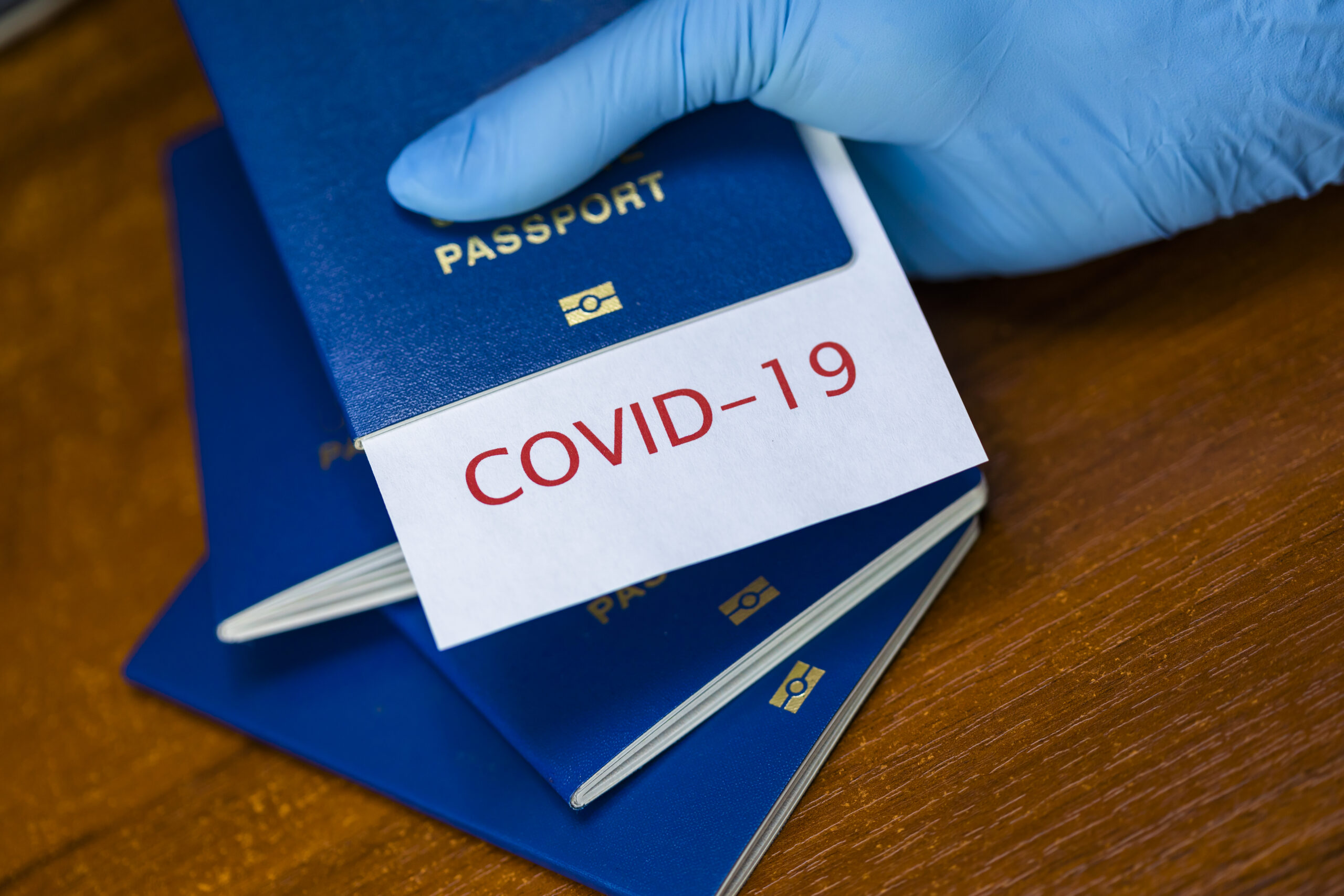The Evolution of Biometrics and Border Control
By Peter Sutcliffe Strategy and Portfolio Director, Border Management & Government Services, SITA AT BORDERS
The use of known physical characteristics to confirm the identity of an individual has been used by state authorities for over 100 years. In this blog, I’ll explore the development of biometric technologies and how they can be effectively incorporated into modern border control procedures to increase security, improve border agencies’ operational efficiency, and generally provide a more pleasurable immigration experience for the traveler.
In the late 19th century, a French police officer named Alphonse Bertillon introduced a systematic approach to the physical measurement and photography of known individuals in order to enable their subsequent identification. He measured five physical characteristics (head length, head breadth, length of middle finger, length of the left foot, and length of the cubit) to “uniquely” identify people. He also invented what we now colloquially call the “mug shot”. His methods now seem rudimentary, but these principles remain the basis of biometric matching today. The start of the 20th century saw police forces across the world collecting and analyzing fingerprints left at crime scenes – known as latent prints – in order to match them to known criminals or as evidence for use in prosecution. These are the seeds of what has now become the complex world of biometrics.
Acceptance of the Use of Biometrics
The general public is increasingly familiar with the use of biometrics during day-to-day life – whether that be unlocking their smartphone using their face or fingerprint or accessing telephone banking through voice recognition. And biometrics also has a key – and growing – role to play in proving one’s identity when traveling across borders.
Passports have long contained printed photos of the holder – enabling border officers to compare the photo with the person presenting the document. However, this manual comparison is subject to the whims of fashion and facial hair. While some border agents may be able to reliably identify individuals every time, many are not super-recognizers, and therefore this process is prone to human error.
Modern electronic passports (ePassports) contain a digital copy of the printed photo image in order to enable computerized matching of the passport photo with a so-called ‘live’ image of the holder – i.e., a photo captured at the time of the inspection by the border agent. The ability to accurately match the chip image in the ePassport with the live image is underpinned by two key criteria – algorithms and quality criteria.
Capture Quality and Matching Algorithms
The development of effective algorithms to identify and compare facial features enables automated systems to carry out matching with greater speed and accuracy than human reviewers. The deployment of machine learning techniques has significantly improved the overall accuracy of face matching algorithms – and lowered the cost of such technology.
The quality standards applied when capturing photos for use in travel documents are defined by the International Civil Aviation Organization (ICAO). These standards dictate that high-quality images be taken of travelers to help ensure that accurate face matching can be carried out against the chip photo. For example, the standard mandates that the traveler is looking directly at the camera, has a neutral facial expression, and that the photo is taken against a uniform white background. Without such a standard reference point, matching the live face image against the ePassport chip photo is less reliable and can pose difficulties in accurate identity verification.
Reliable face matching is of use to border agents in providing assurance that the person in front of them is the rightful holder of a travel document, but the benefit to travelers comes in the deployment of Automated Border Control (ABC) solutions. Familiar to many travelers, these systems allow certain traveler groups to skip the manual inspection and clear the border through eGates – using biometric technology to match the traveler’s live face image with the chip image in their ePassport. Many nations are also choosing to deploy kiosks for traveler enrolment purposes – automating the process of capturing a traveler’s biographic and biometric data and removing the burden of this manual task from highly-trained border agents.
Application to the European Entry-Exit System (EES)
Member States of the Schengen Area are considering the use of ABC kiosks to capture data from Third-Country Nationals (TCNs), as required by the European Entry-Exit System (EES) regulation. This regulation, which is due to come into force in 2022, requires not just the matching of traveler face images with ePassport chip data but also the capture of high-quality facial images and fingerprint scans for enrolment and storage in a central EU database. These biometric data will be used for future traveler identity verification – such as upon leaving the Schengen Area, or in the course of a return visit. The European Commission has identified the quality standards required for the biometric data that must be captured by European border agencies – and while a uniform background is not required, there is considerable commonality with the standards required by ICAO for passport photos. This level of image quality poses a challenge to border agencies and transport infrastructure operators alike. Instead of live image capture taking place in a calm, segregated photo booth, it is expected that many travelers will use ABC kiosks in airports, rail terminals, seaports, and at land border crossing points. These are busy places with limited degrees of control over environmental conditions (such as lighting) and can be disorienting for travelers who will not necessarily be familiar with the process of high-quality biometric data capture. The keys to obtaining the benefits that automation provides are to capture information with a high degree of accuracy and quality and minimize manual exception processing.
SITA’s experience deploying ABC kiosks to multiple countries worldwide indicates some key success criteria for the equipment associated with this biometric capture. Firstly, SITA places a significant emphasis on the quality of the biometric capture devices – using high-resolution industrial cameras and best-of-breed fingerprint scanners. The wide field-of-view provided by these cameras ensures that compliant images can be captured of travelers from 120cm to 200cm, in line with the Frontex guidance for face image capture. This crucially avoids the need for moving cameras – which add cost to kiosks and introduce mechanical reliability issues. Secondly, SITA works closely with transport infrastructure providers to ensure that the environmental lighting conditions are optimized for high-quality image capture. The use of screens to diffuse sunlight from external windows and the relocation of artificial light sources can have a significant impact on the acceptability of face images.
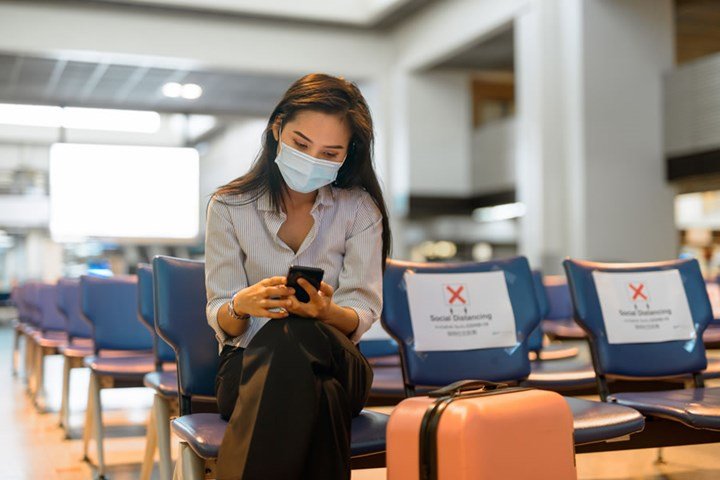
The face capture requirements for verification against that enrolment image are slightly different. As the live image is being compared to a high-quality reference enrolment image, the live image captured doesn’t have to meet the same strict quality control requirements. This is where the performance and accuracy of the biometric matching algorithm have a major effect. Recent studies by NIST show that the accuracy of contemporary biometric matching algorithms is easily good enough to reliably perform border control in a “walk-through” e-Gate scenario where images are matched to a gallery of expected travelers and where the live image isn’t necessarily ICAO compliant.
Finally, SITA has spent many years fine-tuning the guidance provided to travelers on the use of ABC kiosks and gates. This includes the use of educational material – such as videos – that can be shown to travelers prior to arrival, as well as signage at the border control point, signal lights on the equipment, and clear, graphical instructions to users. SITA advocates the use of “floor-walkers” in order to guide travelers and ensure that as many of them as possible can use the automated border controls effectively – avoiding unnecessary (and costly) referrals to border guards. We can advise on the optimal operational environment to extract the most value from the self-service equipment.
The science of biometrics has moved on considerably from the days of Alphonse Bertillon manually taking measurements of criminal suspects. Strict privacy controls, modern technology, and rigorous quality standards now underpin the biometric capabilities of border control. These must be integrated into the operational process in a way that allows for delivery of the benefits that biometric technologies can provide, and this takes expertise and know-how. As states increasingly look to automated solutions to verify identity at the border, the critical success factors of proven technology and an acute understanding of how users interact with it are more relevant than ever.
This article was originally published by SITA.




